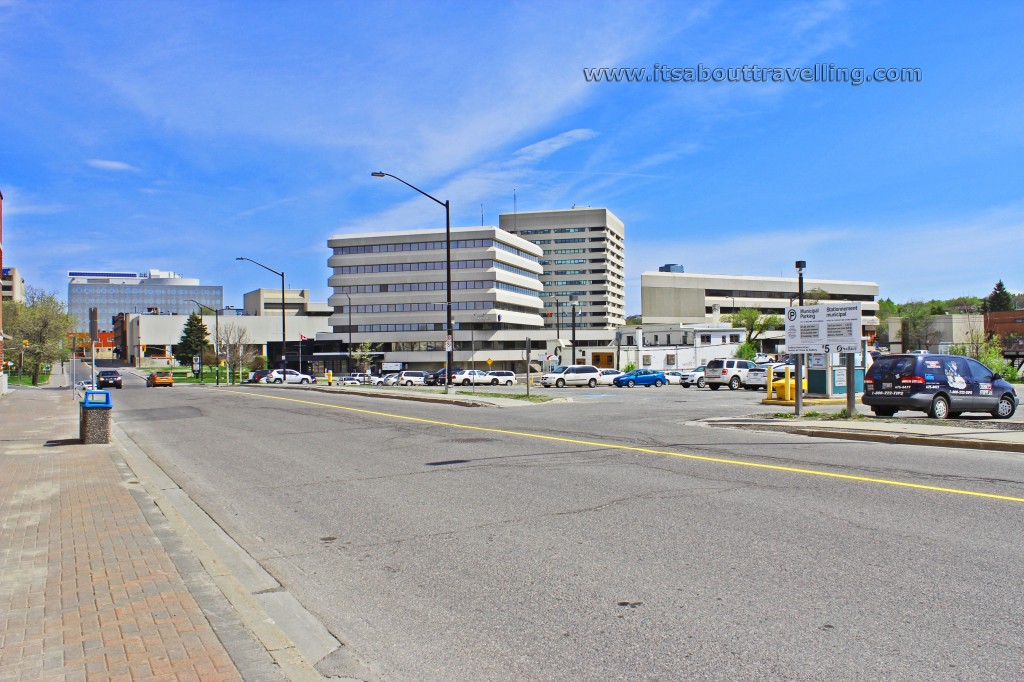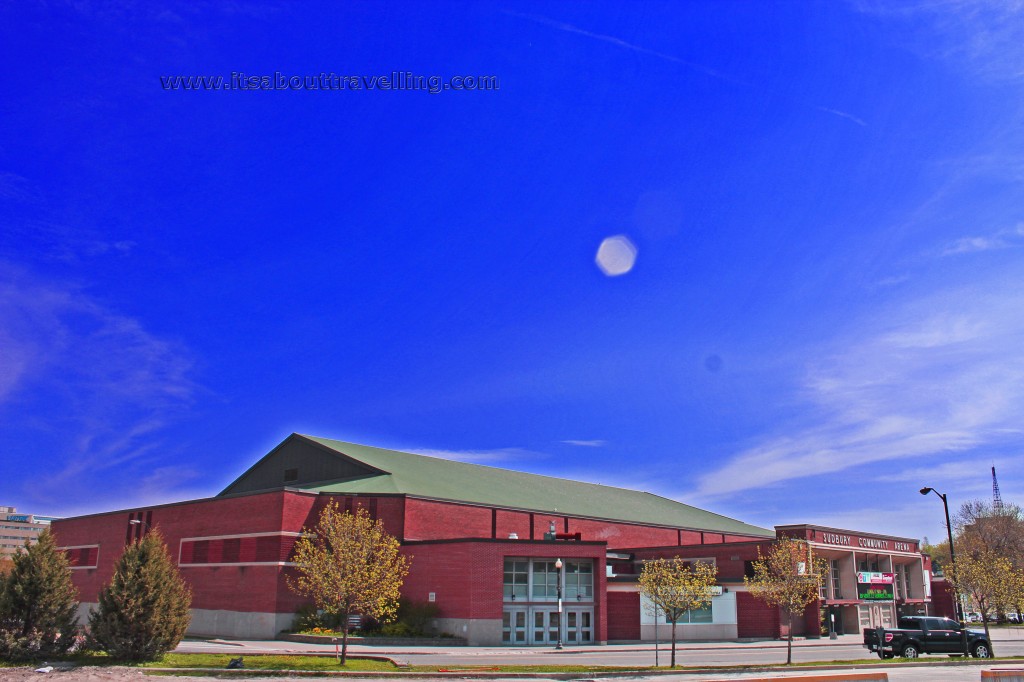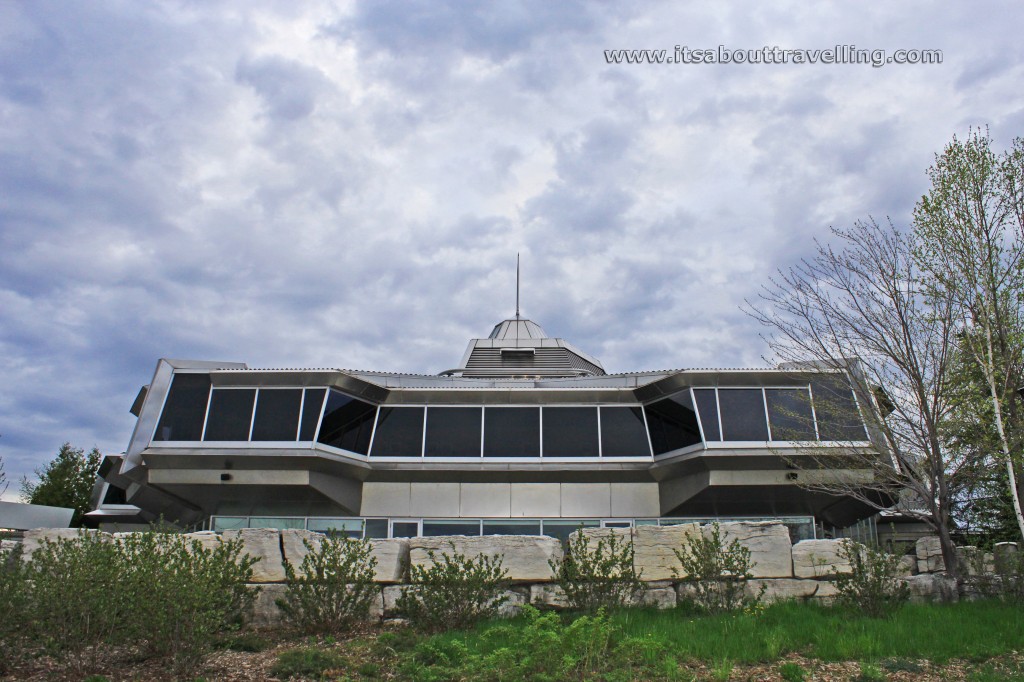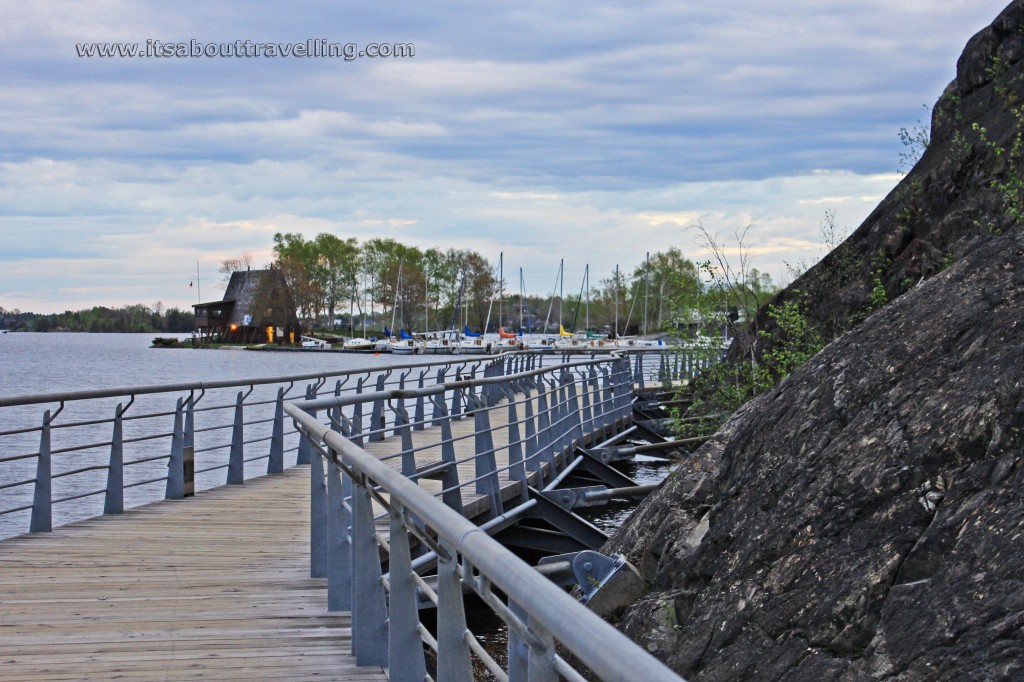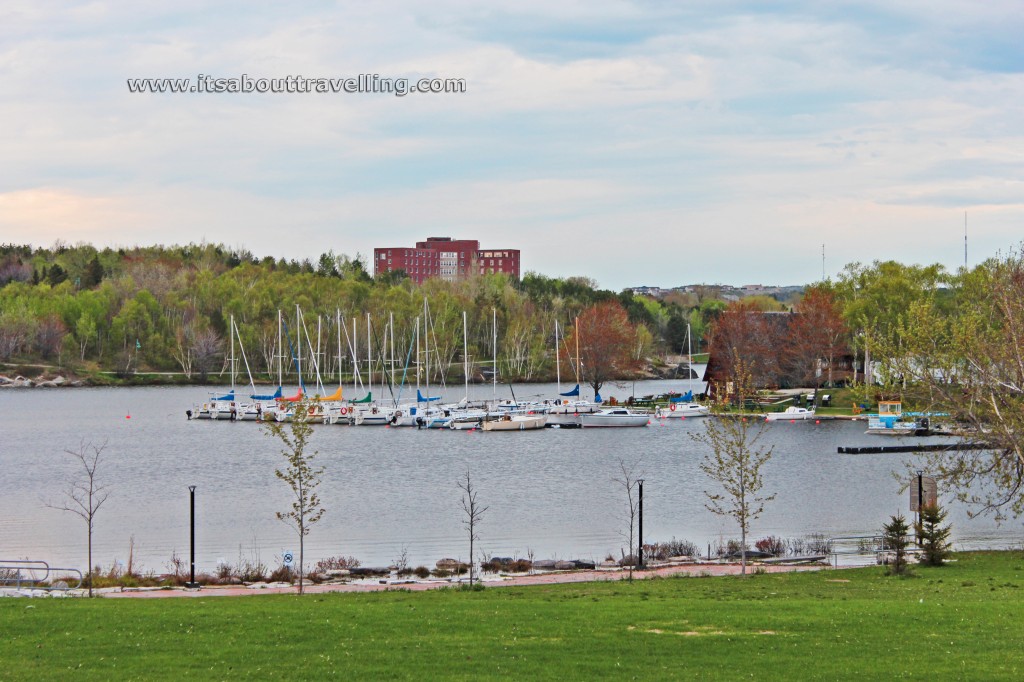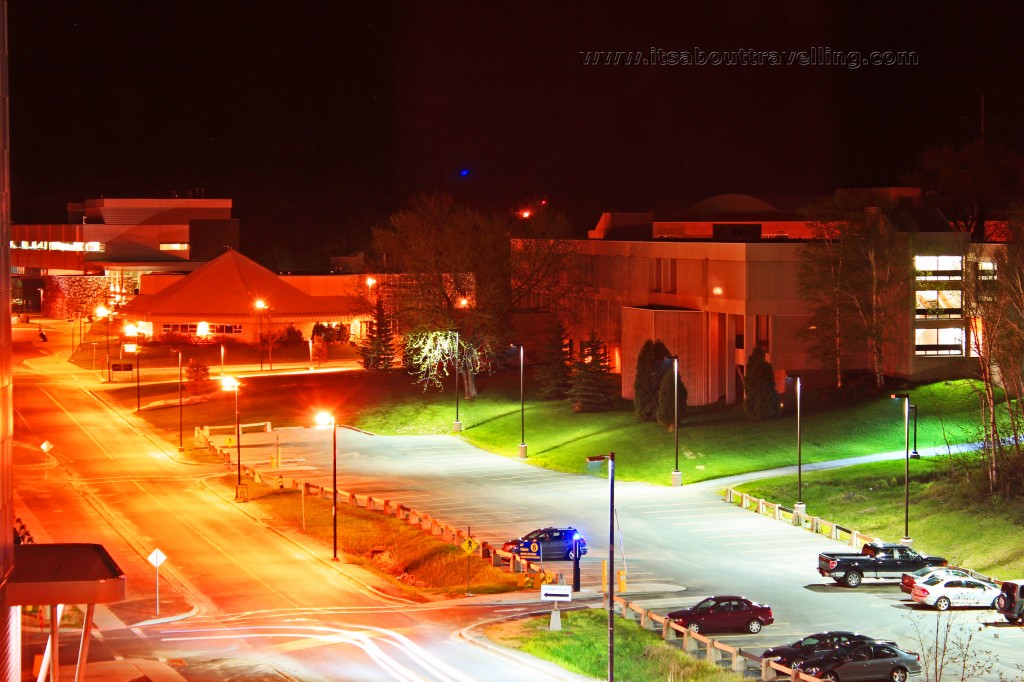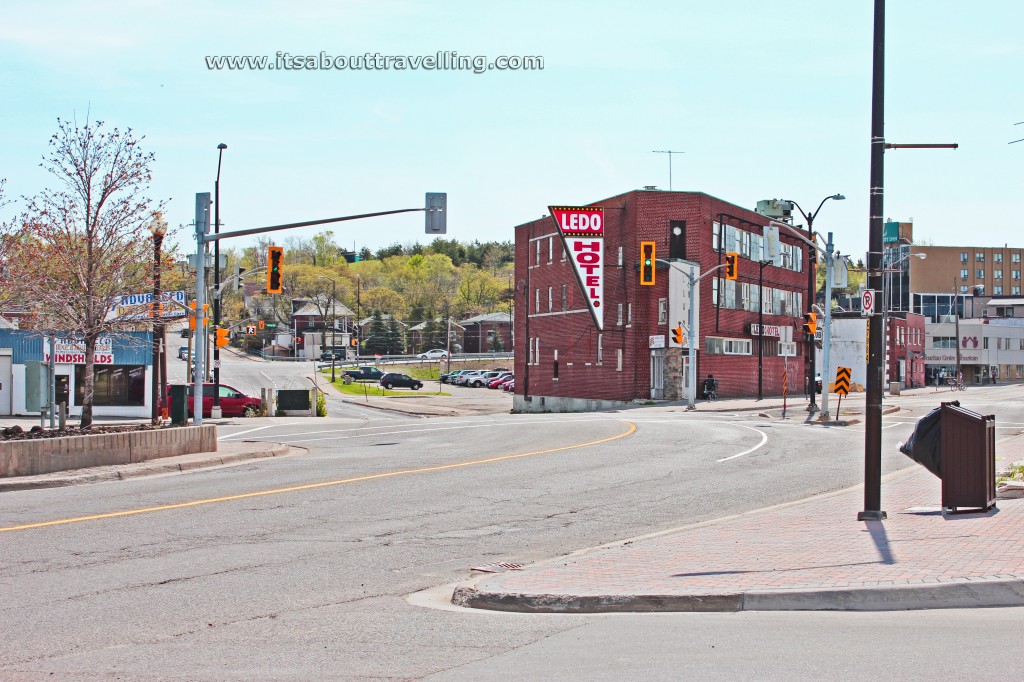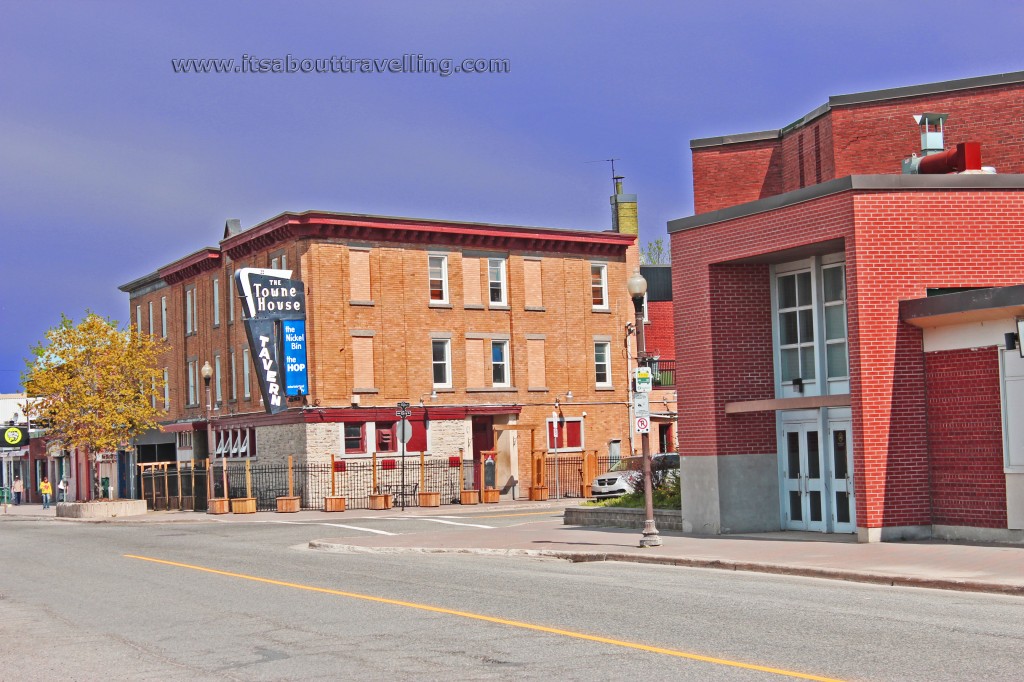Sudbury, Ontario – heard of it? If you’re from Canada then I hope so. If you’re not from the Great White North then most likely you haven’t. If you’re from somewhere else in the world and are planning a visit to Canada, you might want to include at least a day or two in Sudbury if you really want to know what this country is all about.
Sudbury, Ontario
Sudbury was created out of nothing in the late 1800’s after blasting for the construction of the CP rail line revealed a wealth of nickel ore. The area defines the Canadian story, built from the ground up on wealth created from natural resources, specifically the lumber industry and nickel mining.
However, it was the nickel mining that scorched the earth in this area and the label ‘moonscape’ was given to the treeless black rock that covered most of the area. In 1972, Inco completed the Inco Superstack, diverting toxic pollution from the smelting process of a much larger area. This was actually a good thing and allowed for the healing process to begin.
Two decades later, the city was recognized by the United Nations for the rehabilitation project that brought back vegetation to the land and fish and other aquatic life to the many lakes in the area.
By the way, the Inco Superstack is the second tallest structure in Canada, behind only the CN Tower in Toronto. The ominous smoke stack stands 380 metres above the solid rock of the Canadian Shield.
With a population of 160,000, Sudbury is the 24th largest city in Canada by metro population. The city is the largest in Ontario by area at 1,240 square miles or 3,200 square kilometres. This is a relatively ‘new’ city, incorporated in 1893. At one point in the 1970’s, 25% of the population worked for one company – Inco.
Shown above is the Sudbury Community Arena in the downtown core, directly across from the train station. The 4,640 seat venue opened in 1951 and has hosted the Sudbury Wolves of the Ontario Hockey League since the 1972-73 season. The Wolves relocated from Niagara Falls, where they were the Flyers from 1960-61 to 1971-72. Previous to that, the franchise was known as the Barrie Flyers from 1945-46 until the move to Niagara.
The Wolves have yet to be crowned Robertson Cup champions in the OHL as the top team in the playoffs. They have been to the finals twice, in 1975-76 and 2006-07. In 1975-76, the Wolves won their only Hamilton Spectator Trophy as the league’s regular season champs.
Above is Science North, said to be Northern Ontario’s most popular tourist attraction. The science museum is located on the southwest shore of Lake Ramsey and opened in 1984.
The Jim Gordon Boardwalk is cantilevered from the rock at the southwest corner of Ramsey Lake. Previous to 2001, Ramsey Lake was the largest lake in the world that was located entirely within the boundaries of a single city. In 2001, Sudbury expanded drastically and now the largest lake distinction still goes to the city but it is now Lake Wanapitei.
Ramsey Lake covers 1,958 acres with a maximum depth of 67 feet or 20.5 metres. Previous to the 1972 construction of the Inco Superstack, Ramsey Lake was considered dead. It is now vibrant with aquatic life and the Jim Gordon Boardwalk is a popular spot for anglers looking to catch Walleye.
Another view of the west end of Ramsey Lake. The sailboats belong to the Sudbury Yacht Club.
A night exposure of Laurentian University from one of the dorm buildings. Laurentian was founded in 1960 as a bilingual school. Between 9,000 and 10,000 attend the university each year. Laurentian is unique in that it has its own private beach right on campus.
A look downtown at the Ledo Hotel on the Ledo Block conjures up memories of the Canada described by Stompin’ Tom Connors. The hotel sits across from the train station and the main hockey arena.
The Towne House Tavern is another classic and a place I will hopefully experience on my next visit to Sudbury. With a child attending Laurentian in the fall, the 4-5 hour trip will probably happen quite often.
The Towne House boasts live music every single night – something that has taken place for the past 25 years. In 2013, the tavern added a full kitchen and serves up what would seem to be rather healthy fare.
The below video is made up of clips taken the same weekend in May, 2014 as the images above. This is truly a city that cannot be discovered in a single day (especially if you’re there for a university tour and have a toddler in tow). Missing is the iconic Big Nickel and Dynamic Earth, as well as the above mentioned Inco Superstack. Another sub-destination in the area is Onaping Falls – a great waterfall located just northwest of the city and a location that we featured previously (click on the Onaping Falls link to go to that article and video).


